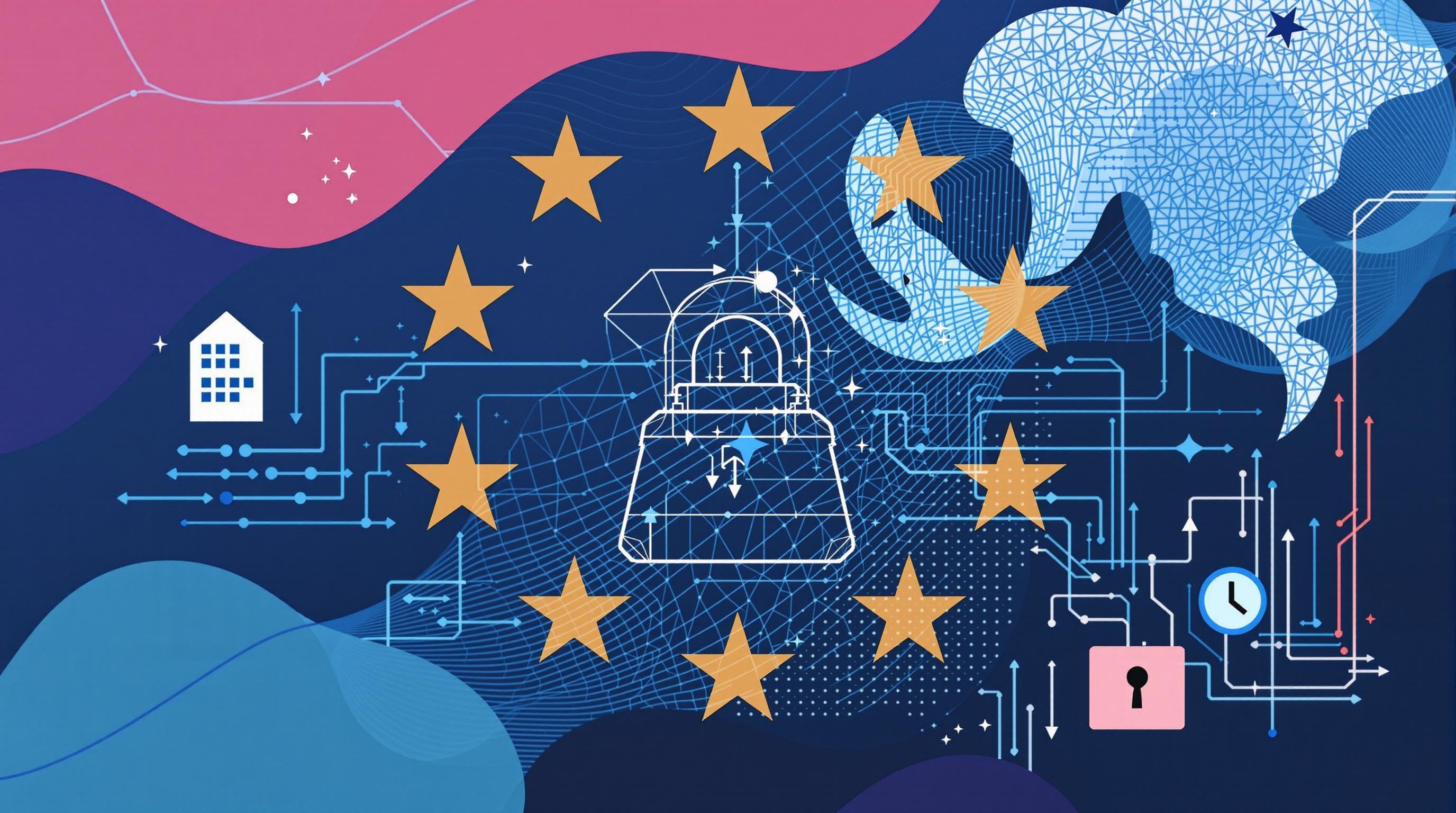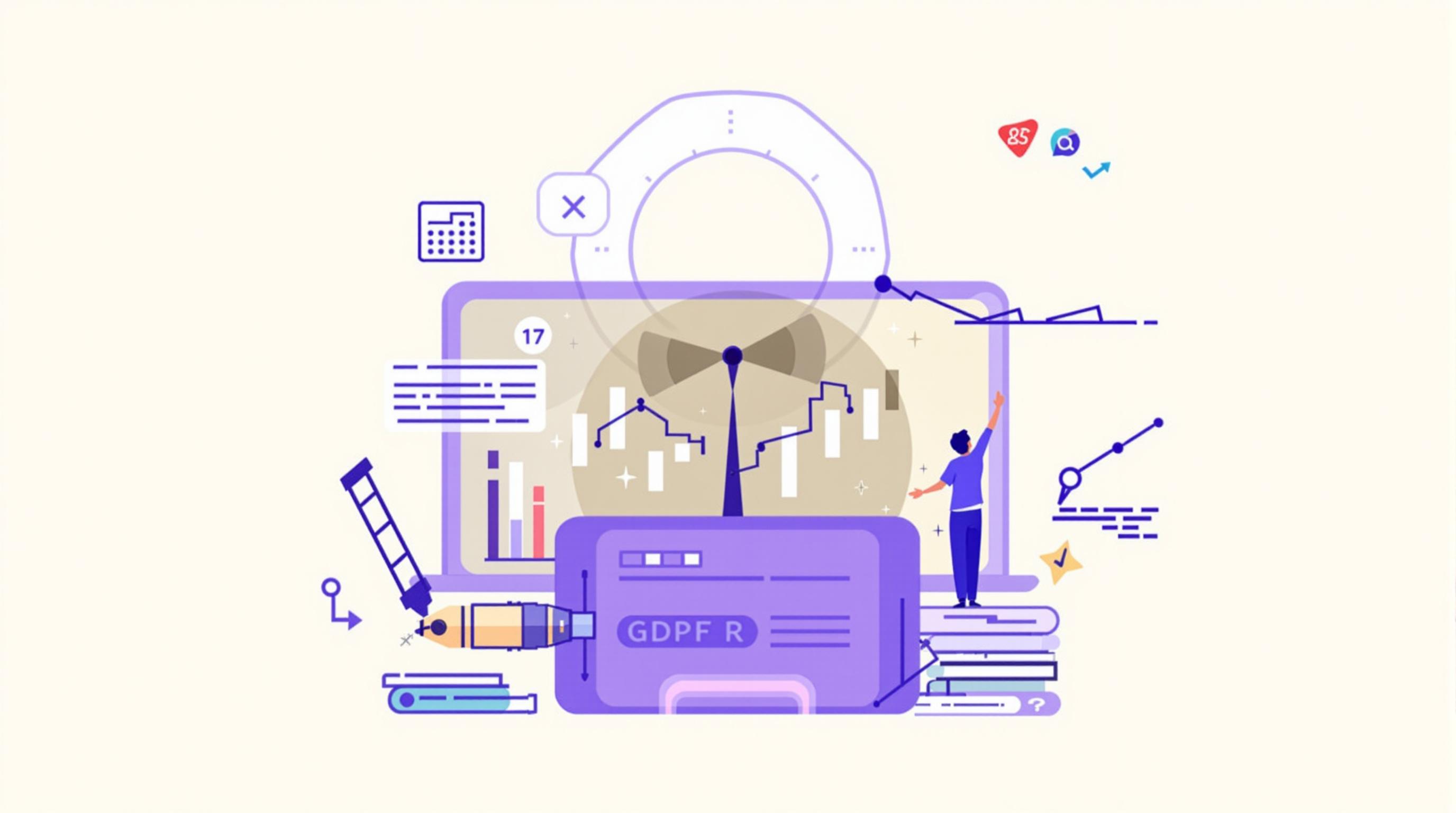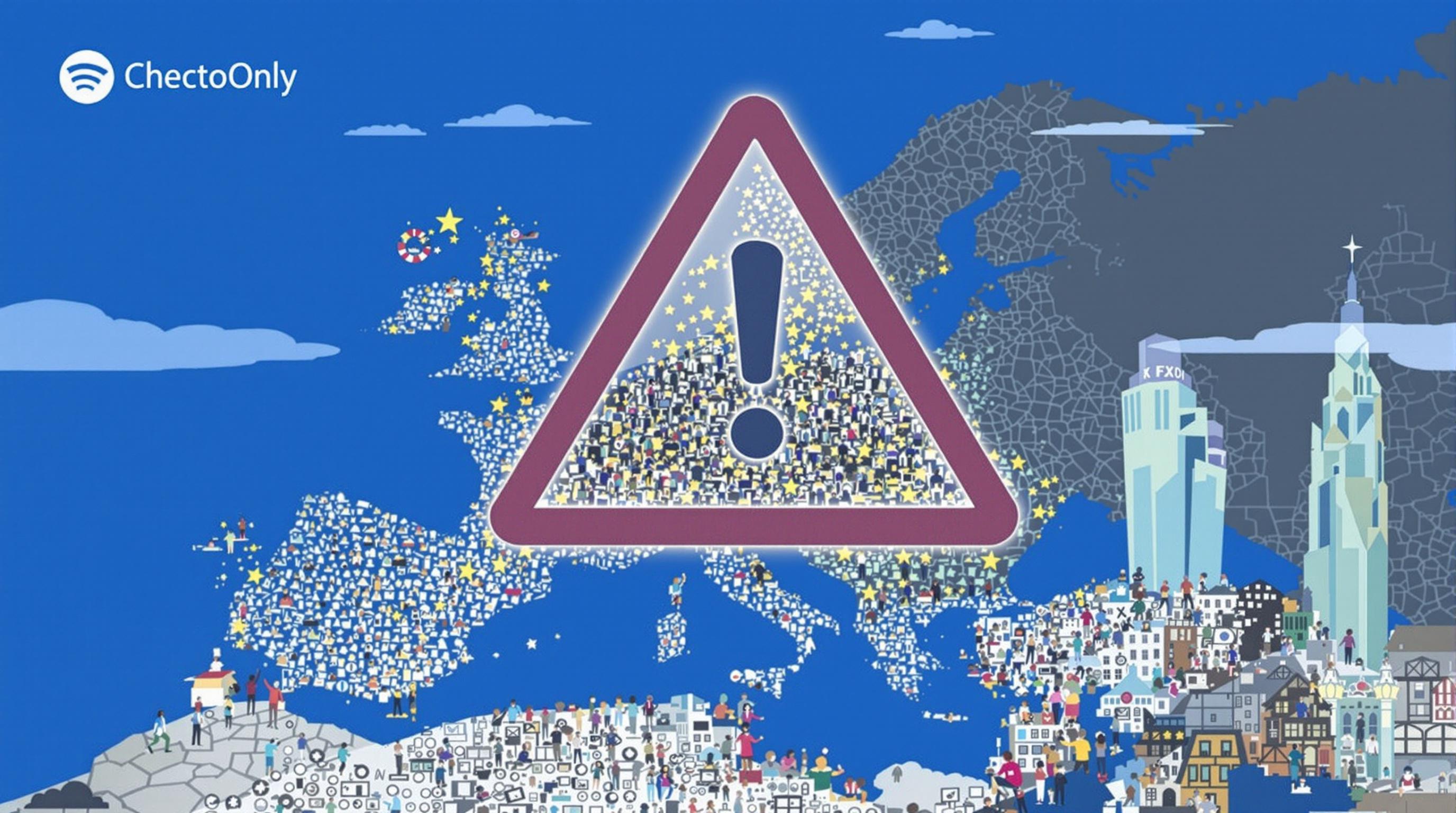Related Articles
- 7 Best Emerging GDPR Tools to Future-Proof Your Data Strategy Beyond Standard Compliance
- 7 Cutting-Edge Franchise Management Softwares Released Since 2019 Ranked for Legal Compliance and Efficiency
- How Forgotten Folklore Influences Modern Privacy Norms and Unexpected Data Protection Practices
- When Silence Speaks: The Unexpected Impact of Cultural Nuances on Confidential Agreement Effectiveness
- Unveiling Unseen Threads: How Franchising Intersects with Environmental Compliance and Green Regulations
- Unraveling the Impact of Cultural Misalignment in Cross-Border Collaborations on Partnership Sustainability
8 Innovative Approaches to GDPR Compliance That Transform Data Privacy Beyond Traditional Legal Frameworks
8 Innovative Approaches to GDPR Compliance That Transform Data Privacy Beyond Traditional Legal Frameworks
8 Innovative Approaches to GDPR Compliance That Transform Data Privacy Beyond Traditional Legal Frameworks
1. Integrating Privacy by Design and Default
Privacy by Design is more than a regulatory requirement; it's a strategic approach that embeds data protection into the core architecture of business processes and systems. Instead of treating privacy as an afterthought, organizations proactively incorporate it in the early stages of product development and operational workflows.
This method ensures that personal data is automatically protected without additional user effort, thereby fostering trust and reducing compliance risks. For instance, applications may limit data collection to only what is strictly necessary, enforcing data minimization principles inherent to the GDPR.
By ingraining privacy at the design level, companies move beyond mere legal obligation towards enhancing user experience and security, transforming compliance into a competitive advantage.
2. Leveraging Artificial Intelligence for Risk Assessment
Artificial intelligence (AI) tools are increasingly used to analyze and predict potential privacy risks before they materialize. AI can process vast amounts of data to identify patterns or vulnerabilities that human audits might overlook.
This proactive risk assessment supports dynamic GDPR compliance by continuously monitoring data processing activities and flagging anomalies, such as unauthorized access or data leakage. Additionally, natural language processing (NLP) assists in interpreting regulatory changes and translating them into actionable policies.
Utilizing AI not only accelerates compliance workflows but also creates adaptive data protection environments that evolve with emerging threats and legal interpretations, thereby advancing privacy protection beyond static legal frameworks.
3. Employing Blockchain for Data Integrity and Consent Management
Blockchain technology offers a decentralized and immutable ledger that can revolutionize the management of data consent and integrity under GDPR.
By recording consent transactions on a blockchain, organizations can provide transparent and verifiable audit trails showing when and how users granted permission to process their data. This approach helps demonstrate compliance with consent requirements and reduces disputes arising from consent ambiguity.
Moreover, the tamper-proof nature of blockchain ensures that personal data logs remain intact and auditable over time, which supports accountability and trust between data controllers and subjects.
4. Implementing Automated Data Subject Rights Management
Managing the exercise of Data Subject Rights (DSRs) such as access, rectification, and erasure is a resource-intensive process. Automated platforms streamline responses to user requests by integrating with data inventories and processing systems.
Automation accelerates fulfillment timelines mandated by GDPR, reduces human error, and ensures consistent policy application. Sophisticated tools can verify user identity securely and track request status transparently.
By embracing automation, organizations transcend traditional manual compliance, enhancing responsiveness and reinforcing the data subject’s control over their personal information.
5. Adopting Privacy-Enhancing Technologies (PETs)
Privacy-Enhancing Technologies such as homomorphic encryption, differential privacy, and secure multi-party computation enable data analysis without exposing raw personal data.
These techniques allow organizations to process, analyze, and derive insights from data sets while preserving subjects' privacy, aligning with GDPR’s emphasis on data minimization and purpose limitation.
By employing PETs, companies can innovate in data-driven initiatives without compromising privacy, thereby fostering trust and maintaining compliance in increasingly complex data environments.
6. Fostering Transparent Data Governance with User-Centric Dashboards
Transparency is a cornerstone of the GDPR, and providing data subjects with clear, accessible information about their data builds trust and accountability.
User-centric privacy dashboards empower individuals to view, manage, and customize their data usage preferences in real-time. Such tools open communication channels, simplifying consent management and data right exercises.
This approach shifts privacy governance from a compliance checkbox to an interactive experience, aligning legal frameworks with evolving user expectations and data ethics.
7. Collaborating through Cross-Border Data Protection Networks
GDPR’s territorial scope requires multinational cooperation, which traditional compliance models struggle to handle efficiently. Innovative approaches foster collaboration between data protection authorities, organizations, and stakeholders worldwide.
Networked frameworks facilitate shared standards, best practices, and joint enforcement initiatives, reducing fragmentation and increasing harmonization in global data protection efforts.
This globalization of data governance strengthens the GDPR’s impact while respecting sovereignty, creating a collective defense against privacy risks in the digital economy.
8. Embedding Ethical AI Principles into GDPR Compliance
The intersection of AI ethics and GDPR compliance introduces accountability beyond legal requirements. Organizations are embedding ethical principles such as fairness, transparency, and explainability into their AI systems to comply with GDPR's accountability and data processing provisions.
By scrutinizing AI-driven decisions for bias and ensuring clear communication of automated processes to data subjects, companies uphold privacy rights and build public confidence.
This ethical embedding goes beyond legal conformity to cultivate responsible innovation, positioning GDPR as a catalyst for trustworthy AI development.
Conclusion
The evolving landscape of data privacy necessitates that organizations adopt innovative approaches to GDPR compliance. From integrating privacy into design and utilizing AI, to leveraging blockchain and fostering transparency, these strategies elevate data protection beyond traditional legal frameworks.
By doing so, companies not only fulfill their regulatory obligations but also build sustained trust with users and stakeholders in an increasingly data-driven world.
As privacy technologies and philosophies advance, the interplay between innovation and compliance will shape the future of data privacy globally.
References
European Commission. (n.d.). Data protection and privacy. Retrieved from https://ec.europa.eu/info/law/law-topic/data-protection_en
Wright, D., & De Hert, P. (Eds.). (2016). Privacy by Design: From policy to engineering. Springer International Publishing.
Shin, S. Y. (2019). The impact of artificial intelligence on privacy law. International Data Privacy Law, 9(2), 113–126. https://doi.org/10.1093/idpl/ipz008
Christidis, K., & Devetsikiotis, M. (2016). Blockchains and smart contracts for the Internet of Things. IEEE Access, 4, 2292–2303.
Gürses, S., & Troncoso, C. (2016). Engineering privacy by design. Computer Law & Security Review, 32(2), 257–265.



